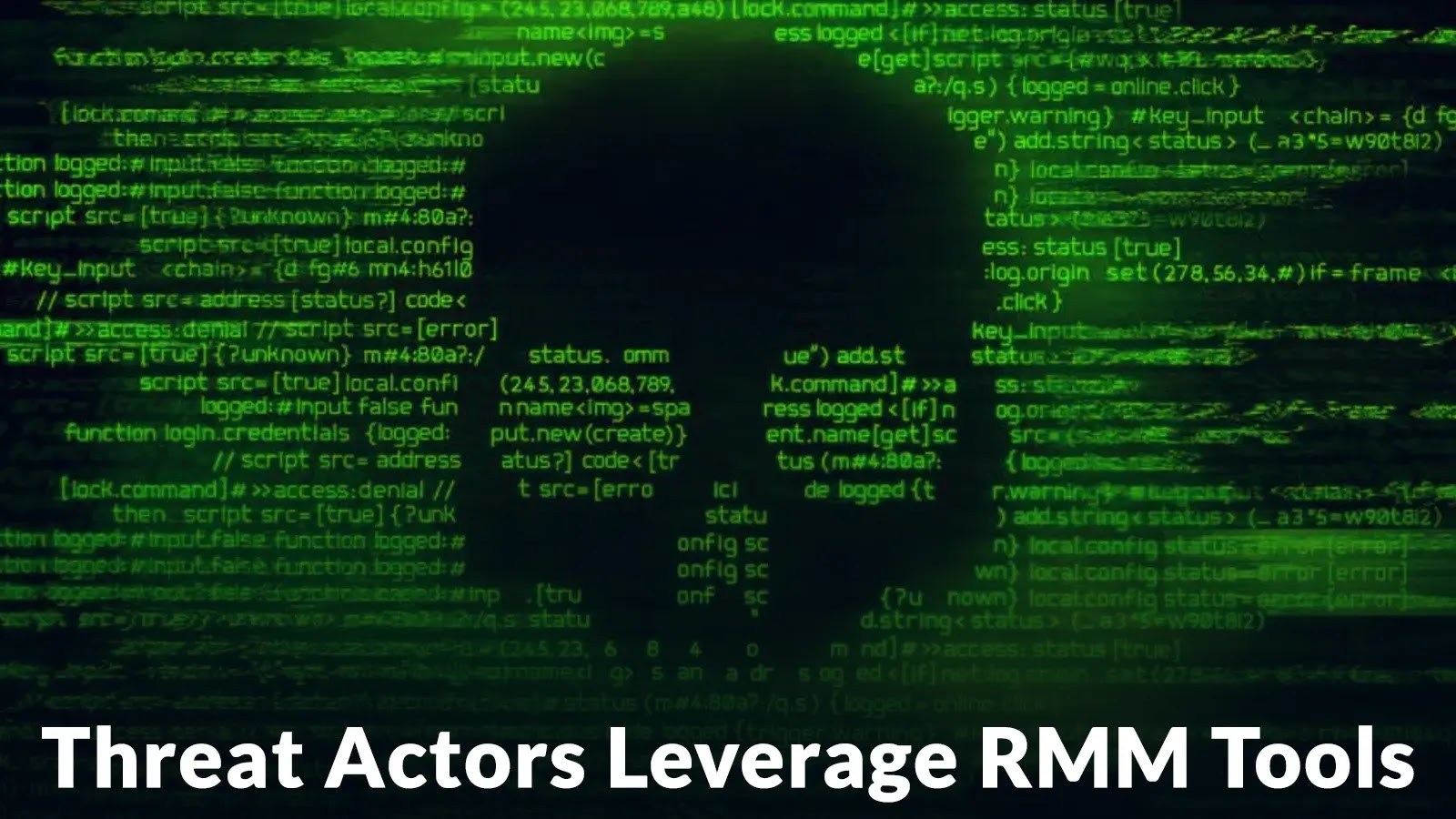A recent cybersecurity investigation has unveiled a sophisticated phishing campaign orchestrated by the Pakistan-linked Advanced Persistent Threat (APT) group known as APT36, or Transparent Tribe. This operation specifically targets Indian government entities by impersonating the National Informatics Centre’s (NIC) email services, aiming to infiltrate sensitive governmental communications and infrastructure.
Deceptive Tactics and Social Engineering
APT36 employs meticulously crafted phishing emails that closely resemble official NIC communications. By exploiting the trust associated with NIC’s established email infrastructure, these emails are designed to deceive government officials into divulging login credentials or downloading malicious software. This strategy underscores the group’s deep understanding of Indian governmental communication protocols and their persistent focus on intelligence-gathering operations within India’s administrative and defense sectors.
Technical Infrastructure and Indicators of Compromise
Cybersecurity analysts have identified a complex network of fraudulent domains and command-and-control (C2) servers supporting this campaign. Key components of this malicious infrastructure include:
– Fraudulent Domains: The domain `accounts.mgovcloud[.]in.departmentofdefence[.]live` closely mimics legitimate government cloud services, serving as a primary vector for the phishing operation.
– Primary Malicious Domain: `departmentofdefence[.]live` acts as the foundation for the phishing activities, facilitating the distribution of deceptive communications.
– Stealth Server: The IP address `81.180.93[.]5` functions as a stealth C2 server, accessible on port 8080, enabling covert communication between the malware and the attackers.
– Additional Infrastructure: The IP address `45.141.59[.]168` provides redundancy, enhancing the resilience of the adversary’s C2 network.
This sophisticated setup allows APT36 to maintain persistent access to compromised systems while evading detection through a distributed infrastructure, complicating attribution and mitigation efforts.
Historical Context and Persistent Threat
APT36 has a documented history of targeting Indian government entities, employing various tactics to achieve their objectives:
– Credential Harvesting: In August 2025, APT36 launched a phishing campaign using typo-squatted domains that mimicked official government login portals. Unsuspecting users were redirected to counterfeit pages replicating the NIC’s Kavach authentication interface, leading to the real-time harvesting of one-time passwords (OTPs) and unauthorized access to sensitive email accounts. ([cybersecuritynews.com](https://cybersecuritynews.com/apt36-hackers-attacking-indian-government-entities/?utm_source=openai))
– Malware Distribution: The group has utilized weaponized documents to distribute the Crimson Remote Access Trojan (RAT), targeting sectors such as education. These documents, often disguised as educational content, contained malicious macros that, when enabled, deployed the RAT to exfiltrate system information, capture screenshots, and execute processes. ([cybersecuritynews.com](https://cybersecuritynews.com/pakistan-linked-hackers-target-indias-education-sector/?utm_source=openai))
– Exploitation of Current Events: APT36 has been known to craft phishing lures based on recent national incidents. For instance, they used decoy documents referencing the Pahalgam attack to target government personnel, exploiting the recipients’ interest in security developments related to the incident. ([cybersecuritynews.com](https://cybersecuritynews.com/hackers-weaponizing-pahalgam-attack-themed-decoys/?utm_source=openai))
Implications and Recommendations
The continuous and evolving cyber threats posed by APT36 highlight the critical need for robust cybersecurity measures within Indian government entities. To mitigate such risks, it is imperative to:
– Enhance Email Security Protocols: Implement advanced email filtering systems to detect and block phishing attempts.
– Conduct Regular Security Training: Educate government personnel on recognizing phishing attempts and the importance of not engaging with suspicious emails or links.
– Implement Multi-Factor Authentication (MFA): Strengthen authentication processes to prevent unauthorized access, even if credentials are compromised.
– Monitor Network Traffic: Establish continuous monitoring to detect unusual activities that may indicate a breach.
By adopting these measures, Indian government agencies can bolster their defenses against sophisticated cyber espionage campaigns orchestrated by groups like APT36.



